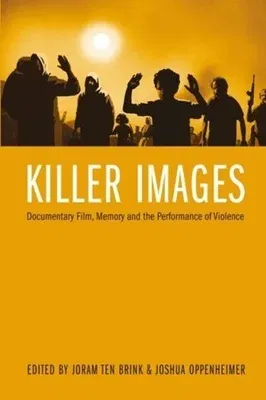Killer Images: Documentary Film, Memory, and the Performance of ViolencePaperback, 8 January 2013

Qty
1
Turbo
Ships in 2 - 3 days
In Stock
Free Delivery
Cash on Delivery
15 Days
Free Returns
Secure Checkout

Part of Series
Nonfictions
Print Length
240 pages
Language
English
Publisher
Wallflower Press
Date Published
8 Jan 2013
ISBN-10
0231163355
ISBN-13
9780231163354
Description
Product Details
Book Format:
Paperback
Country of Origin:
US
Date Published:
8 January 2013
Dimensions:
23.37 x
15.49 x
2.29 cm
Genre:
Film
ISBN-10:
0231163355
ISBN-13:
9780231163354
Language:
English
Location:
New York
Pages:
240
Publisher:
Series:
Weight:
498.95 gm